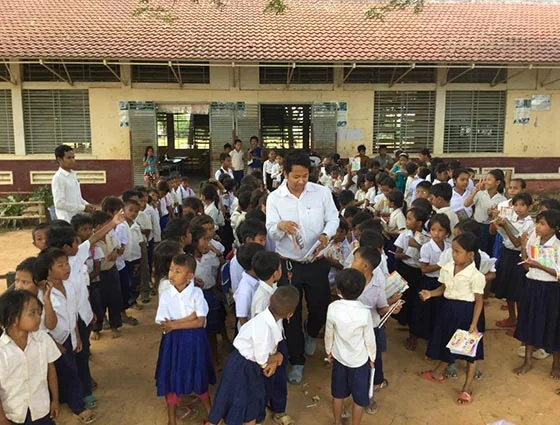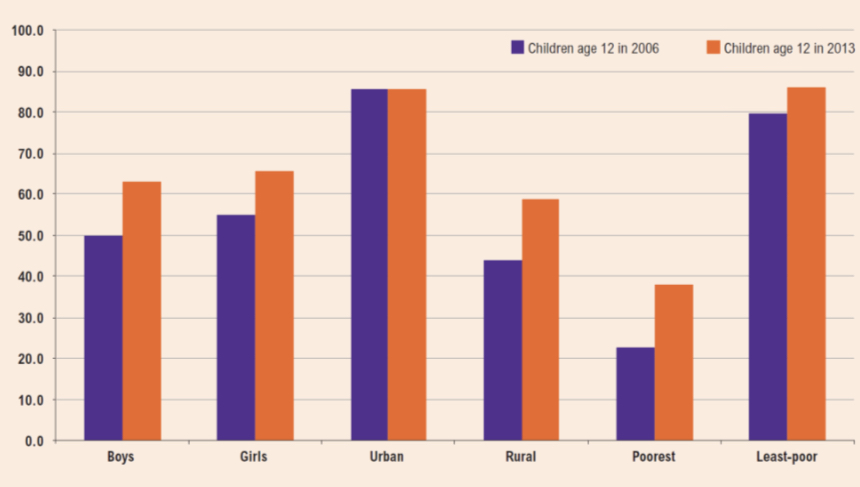Overview
Students all over the world deserve to learn in a healthy and safe environment which enable them to learn with the utmost comfort. Things that improve the qualities of education such as, safe facilities for students alike, qualified teachers and professors, and the availability of global scholarships should be accessible to all students including people with disabilities and indigenous students as well. However, these qualities of education are not easy to be fulfilled by every institution.
Equity, Access, and Quality of Education in ASEAN
In ASEAN, countries like Vietnam, Indonesia, and Malaysia, still encounter challenges concerning educational equity, access and quality. Furthermore, these are middle income countries; It is difficult for the government to balance out who gets to be privileged and who gets excluded due to their arguably finite resources. Therefore, not every institution is able to access facilities that could provide students alike with comfort while studying such as ICT rooms, ramps and railings for disabled students as well as libraries.
Moreover, family income has also become a major contributor to access and quality of education of students. According to The HEAD Foundation Literature Review, study has shown that private tuitions are much more prevalent amongst 85% of rich students during 2013. In contrast, 38% of students from the poorest families barely have access to private tuitions outside of school. With only little income, the poorest families are not able to provide the support their children need in order to improve their academic performance in school.
To make matters worse, the quality of education of students has also been affected by the socioeconomic status of their families. In accordance with UNICEF, the secondary school net attendance rate amongst the poorest families was only 60% compared to the richest households with 92% of attendance rate in Vietnam.
Incentives for ASEAN Individuals
As we only hold little power to prevent this issue from spreading, the least we can do is ask our governments to put everyone’s education as the main priority in both policy and practice. We need to ensure that our governments make firm decisions to provide free education to all primary schools including those who are vulnerable and disempowered.
Conclusion
Evidently, while the world is making progress to ensure all children receive equal access to education, there are still many of those who find it difficult to acquire these basic necessities. Hence, the SDG 4 (Quality Education) and Education 2030 goals are extremely important and desirable in ASEAN. Although, these strong aspirations are not easily achievable with the snap of one’s fingers. So, it is our duty to make these impossibilities happen and build a better future for the leaders of the next generation.
References
THF Literature Review. (2020). The Head Foundation. https://headfoundation.org/wp-content/uploads/2020/11/thf-papers_Equity-access-and-educational-quality-in-three-South-East-Asian-countries-The-case-of-Indonesia-Malaysia-and-Viet-Nam.pdf
Sustainable Development Goals. (2023). United Nations.
https://www.un.org/sustainabledevelopment/education/
An Analysis of the Situation of Children in Vietnam. (2010). UNICEF
https://www.ecoi.net/en/file/local/1259338/1930_1386769458_sitan-viet-nam-2010-eng.pdf


